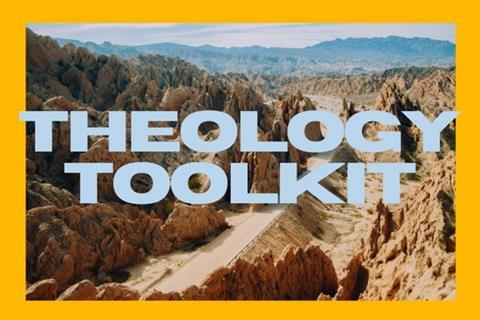
When faced with the challenge of engaging children with the Old Testament, our usual starting point is often to shape sessions around some of our favourite characters. The usual suspects – Noah, Joseph, Moses, David and Jonah – give ample ammunition for fun sessions: there are gory stories, weird and wild stories, and crazy stories (as Andy Robb collates them in his well-produced series for CWR). This approach fits well with our ‘horrible histories’ generation. My non-scientific sample of two – a seven and nine year old – cite their recent Old Testament favourite as a very creative drama that our Messy Church team did involving a toilet as the main prop (read 1 Samuel 24). This type of interactive, creative teaching is vital – but equally vital is reflecting on what we are asking children to do with the knowledge they gain. What understanding do we want this to form?
More than the heroes of history
This is one of the issues of contemporary children’s ministry that Ivy Beckwith reflects on in Postmodern Children’s Ministry (Zondervan, 2004). Beckwith’s challenge on teaching the Bible – and the Old Testament in particular – is that the Bible’s central character is God and the overarching story is that of God’s plan for the redemption of his creation. If we fail to communicate this she says that; ‘children [will] walk away from our church educational programs thinking that the Bible is primarily about Moses, Joshua, David and Daniel. We treat Bible characters like the great heroes of history whose lives we should emulate. Jesus gets treated, not as God incarnate, but as the greatest superhero of them all.’
Don’t miss the point
The challenge then is to teach about these characters in a way that connects their story to the overarching story. How do the individual episodes that feature Noah, Joseph, Moses, David, Daniel, Esther and others fit into the bigger story? What insights are offered here about God’s character – and the way in which he chooses to act? What is revealed about the way in which people respond to God? How does this fit into the understanding we have of God through Jesus?
These are tricky questions to wrestle with, but if we don’t encourage children to read the Old Testament in this way then we are not helping them to understand the central story of our faith. Further, as Tom Wright argues in How God Became King (SPCK, 2012), the story of the New Testament only really makes complete sense as the fulfilment of the plans and promises we read in the Old Testament. To put it another way, if we lose the plot then even our most creative teaching will miss the point.
The box set
Think of the Bible then not as a book, not even as a collection of a books, but more like a box set of your favourite show or film franchise. In a great box set you get exciting or intriguing events within an episode and a bigger story being played out. As our awareness of this story builds, we can find ourselves urging a character to make a choice because we know how important it is. We can see perhaps where things are heading, even when a particular character isn’t aware of just how crucial a role they are playing. The big story is built up from the little stories and these only really make sense within this context.
Think of the Bible like a box set of your favourite show or film franchise
If we were to carve the Bible up into series and episodes in our box set we wouldn’t end up with two series, OT and NT, but at least ten. Jesus coming into the world would be around season eight. The overarching story is simple: God creates everything and it’s good; things go horribly wrong but God takes action to put things right, and will make all things new in the end. Creation, fall, redemption, new creation. To do them justice, the stories in the Old Testament need to be read, and taught, in the context of this big story.
So, the next time you come to teaching the Old Testament, think about which bit of the box set you’re about to watch – and don’t lose the plot as you enjoy the gory, weird, wild or crazy moments that happen.




























